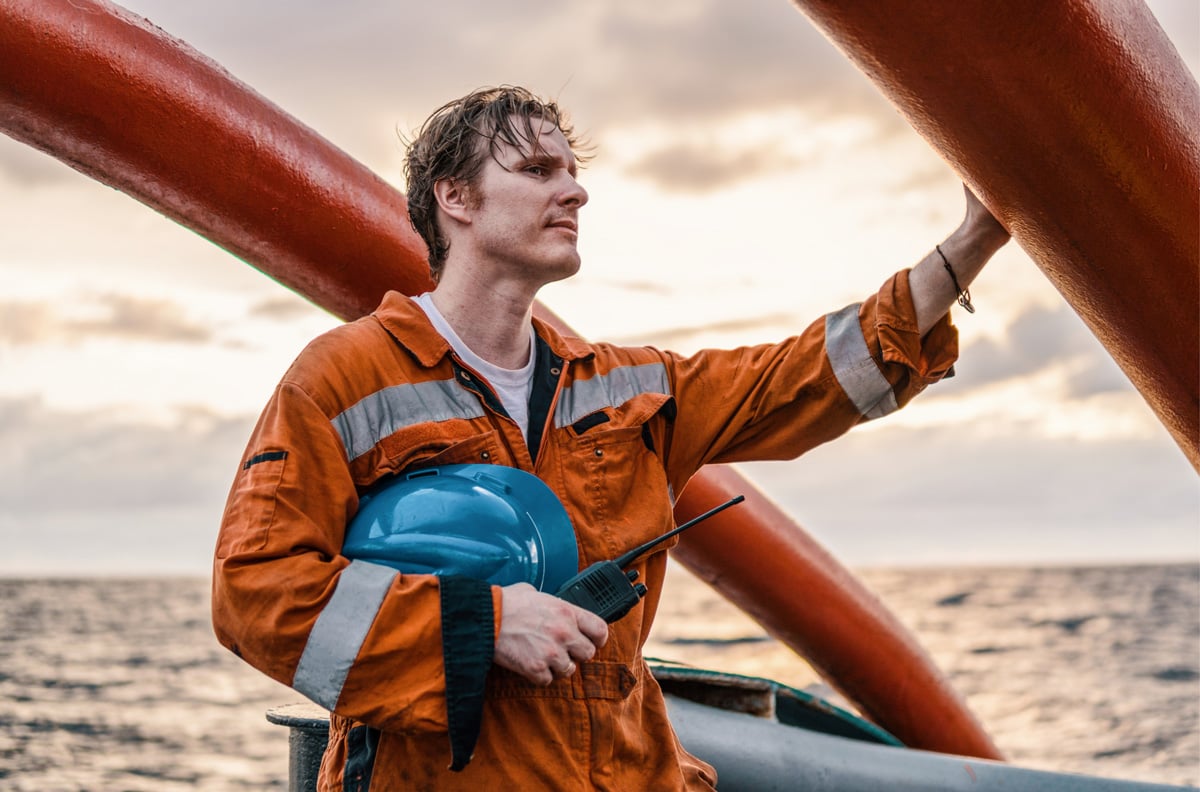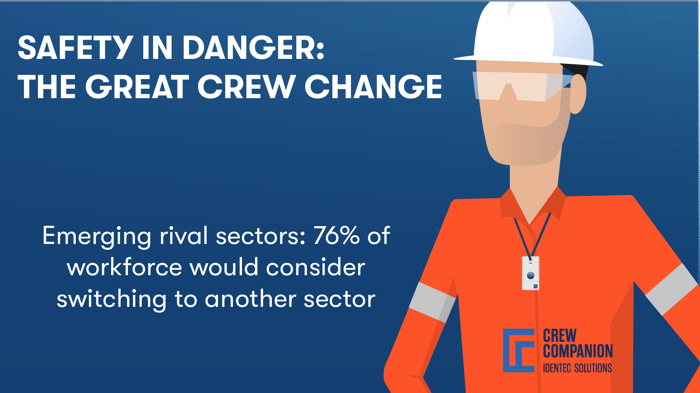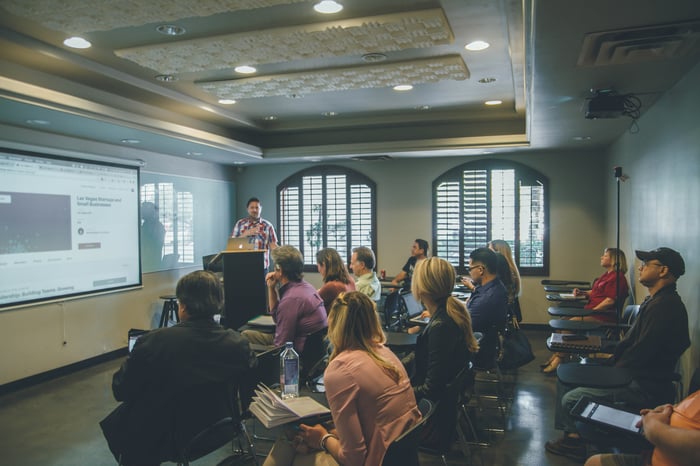Whitepaper Offshore Industry: Better Safety Training Results
Safety awareness, skills and continuous training are the recipe to foster standards and to avoid incidents. As all measures require time, resources and attention from corporations and crew, they must be as efficient as possible to enable less operational disturbance, minor financial impact and greater effect on overall safety.


Old industry, new challenges
Truly offshore drilling began 70 years ago, and the industry continues to flourish today. The demand for oil and gas remains high despite the trend of decarbonization of global activities, and new technologies like wind farms which are developed to also profit from offshore energy. Industry trends suggest a shift into the digitalization of processes – from exploration to process optimisation: 3D
modelling, blockchain, augmented reality, big data, robotics, and the internet of things are a few of these trends among others. What remains from the past are the harsh environments and the expansive and complex machinery which have been a constant companion of the offshore industry since its beginning.
“The Great Crew Change” may be one of the bigger challenges to the offshore industry in the coming years: as many experienced workers will retire, the cohort of late 30s to 50s is small. With retirement departs knowledge and experience negatively affecting safety and productivity.

Safety rules makes sense - always?
In hazardous work, safety rules are unavoidable: they prescribe in general procedures staff must follow. Where operations are heavily regulated such as on an offshore oil rig, safety rules standardize underlying activities. But sometimes, they can be not easy to follow as prescriptions. Due to changing and unpredictable circumstances, members are required to adopt rules in the various contexts and situations they may encounter. In this case, safety rules act as guidelines that help make sense of the workers’ environments and develop specific expertise.
The success of safety rules depend entirely on whether and how members apply lessons and skills in the moment of danger. This in-the-moment mindfulness about hazards and situations is the intended objective of any safety training based on safety rules.

How to train and how to improve results
Besides a vivid safety culture, there is no safety without training.
Preparedness in hazardous environments plays an important role. Firefighters for example must effectively train in many subject areas to avoid injury. This includes learning through various learning actions from different sources like observation during training, drills, incidents, and responses, but also networking with other firefighters and educational material provided.
One major aspect of collaborative learning is feedback and debriefs.

Do you want to learn more?
-
How to transfer safety know-how within your team ...
-
Why is debriefing an interesting aspect of training practice ...
-
How to provide automated feedback for your training sessions ...
and get
-
Arguments to improve safety training standards and to invest into better methods and tools
-
An overview about safety training methods in the offshore industry
-
A long list of further safety related literature